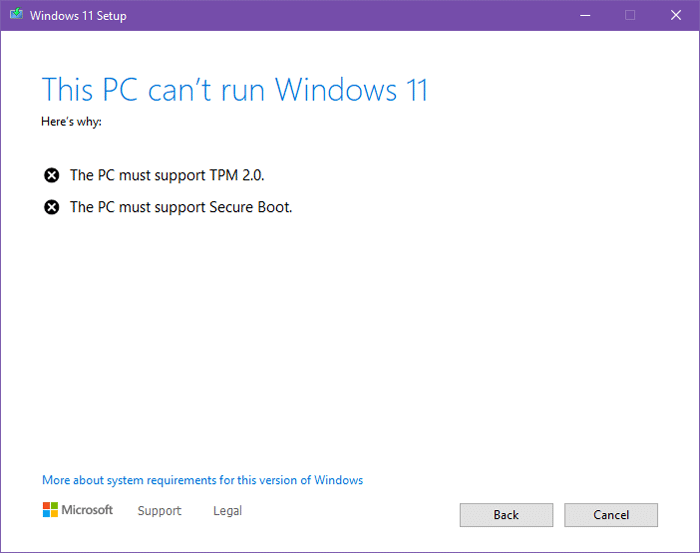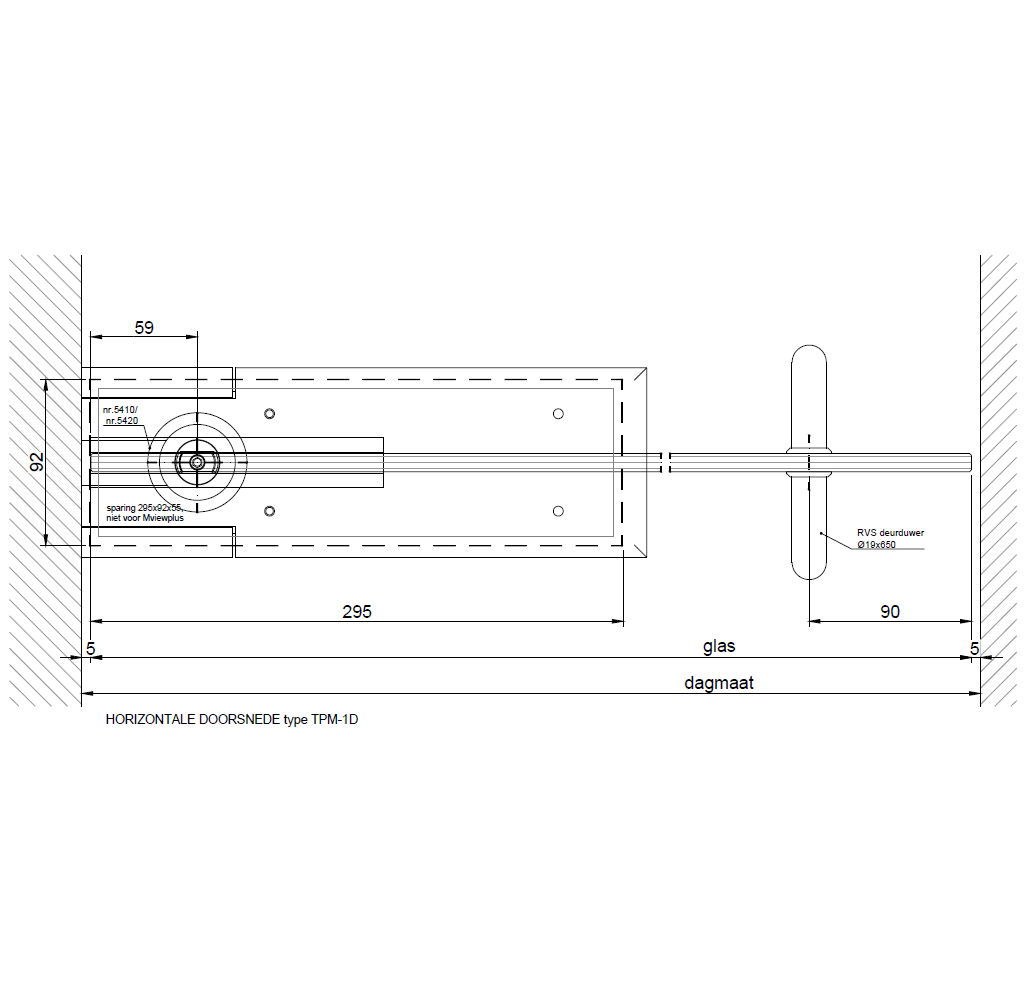

Shut down Vanguard for any reason, and you need to reboot Windows before you can launch a protected game. Vanguard is already notable for the low-level access it has to your system-it uses a kernel-mode driver that launches when Windows boots, whether you're playing a game that requires it or not. PCGamer reports that those requirements do not appear to apply to Windows 10 users, at least not yet (any Windows 10 system bought or built within the last five years or so will usually include TPM 2.0 and Secure Boot support, though one or both may be disabled by default). Users running Vanguard on Windows 11 systems have seen pop-ups notifying them that a TPM 2.0 module and Secure Boot support will both need to be present and enabled before Vanguard-protected games like Valorant will run on a Windows 11 PC. To find it, you’ll have to root around through the UEFI of your PC to turn it on.We already know that Windows 11 will officially require a TPM 2.0 module and Secure Boot support for installation when the operating system is released on October 5, but it looks like Riot Games' Vanguard anti-cheat software will be getting in on the fun, too.

In some motherboards it’s called Intel Platform Trusted Technology (PTT). In this motherboard, for example, it’s just called TPM. On this particular motherboard, it means flipping it from discrete to firmware.ĭepending on the motherboard or laptop maker, finding this setting will vary. As we said, that means you either go out and buy the appropriate TPM module and plug it into the header, or you simply flip on the firmware TPM already built in the 8th-gen CPU. This throws up a flag in Microsoft’s Windows 11 requirement check, saying you need a TPM 2.0 is enabled. For example, on an 8th-gen Core i7 PC, we found the TPM support in its default state of “discrete”-which, as with most consumer desktops, means ‘off,’ because there was no optional TPM module installed. While support for the TPM on a 7-year-old PC to run Windows 11 is going to cause hand-wringing for the next six months, even newer PCs can have troubles. The consumer 11th-gen laptop (left) uses Intel’s embedded TPM, while the business-focused 8th-gen laptop (right) features a discrete TPM.


 0 kommentar(er)
0 kommentar(er)
